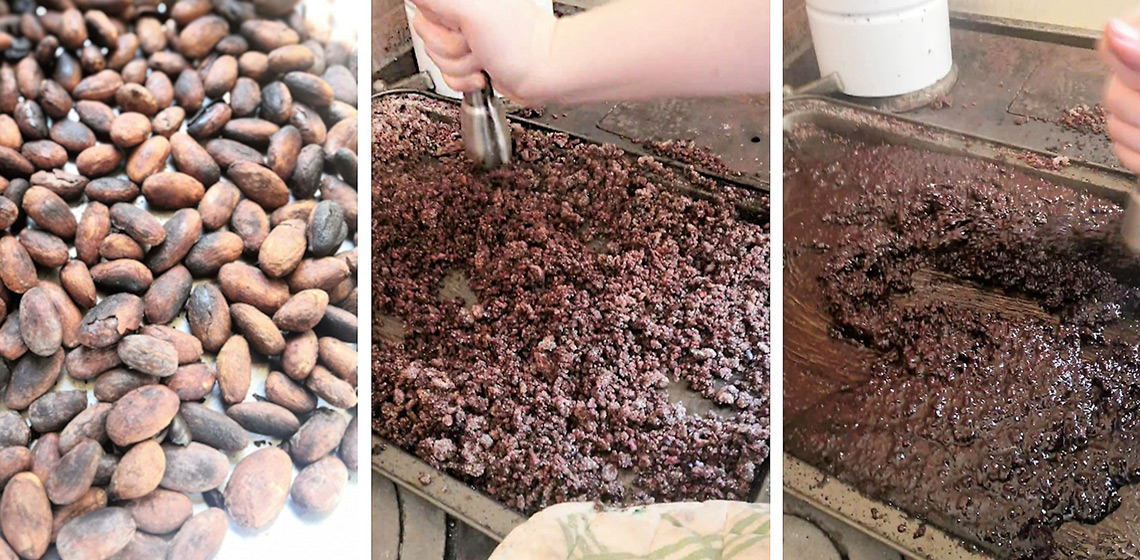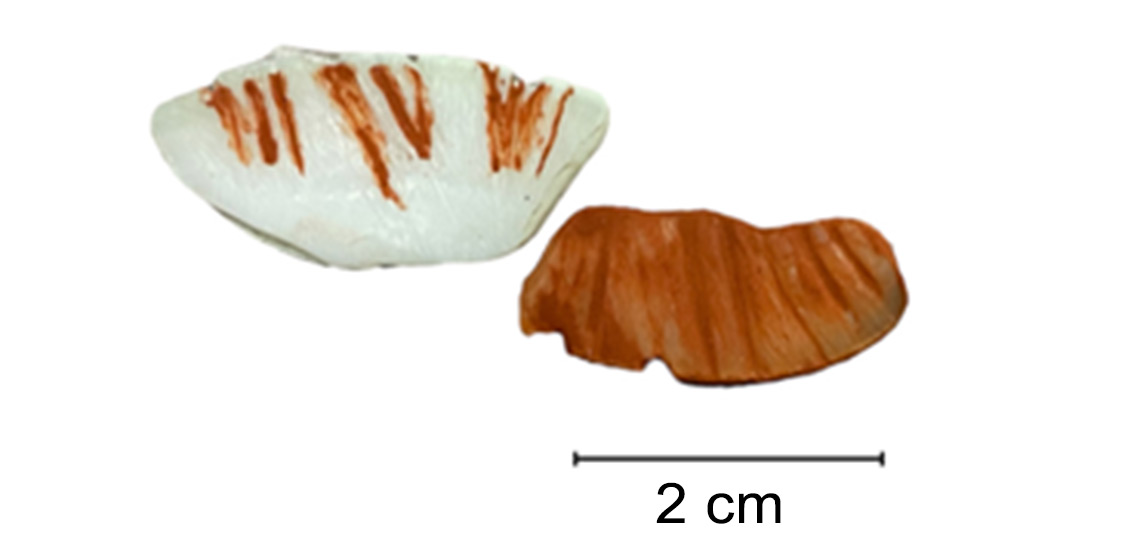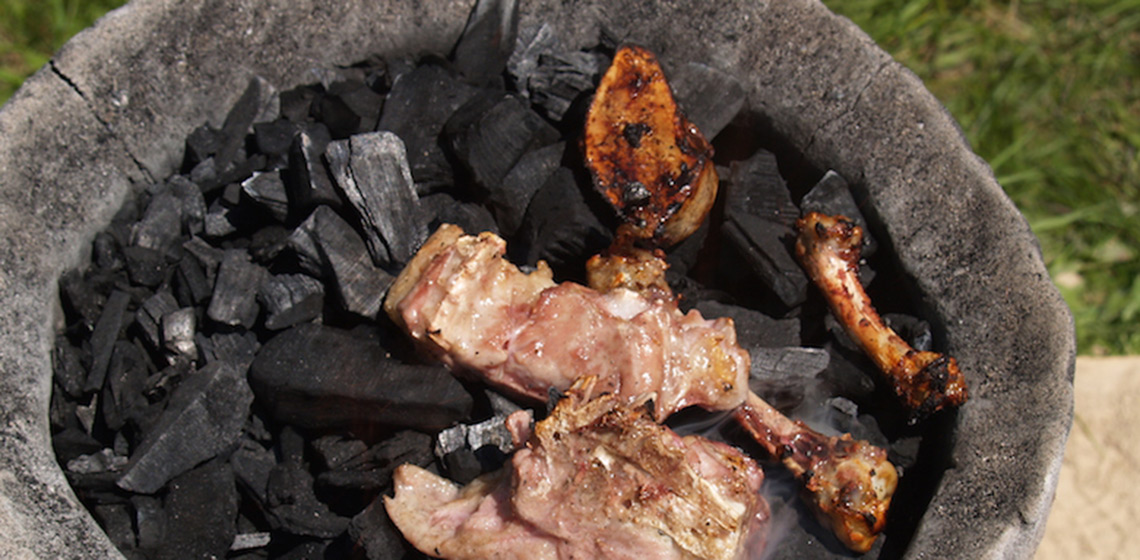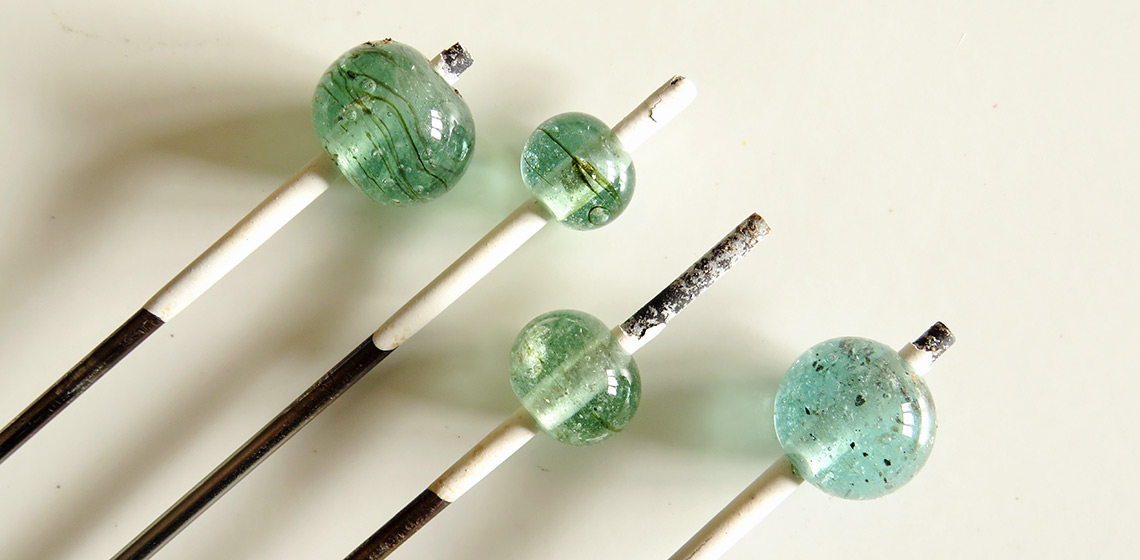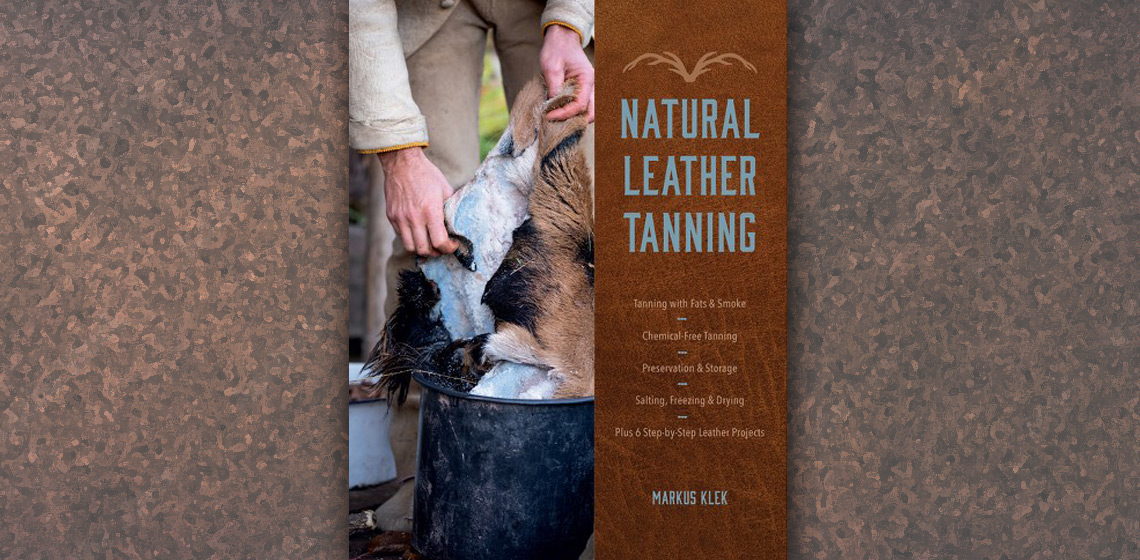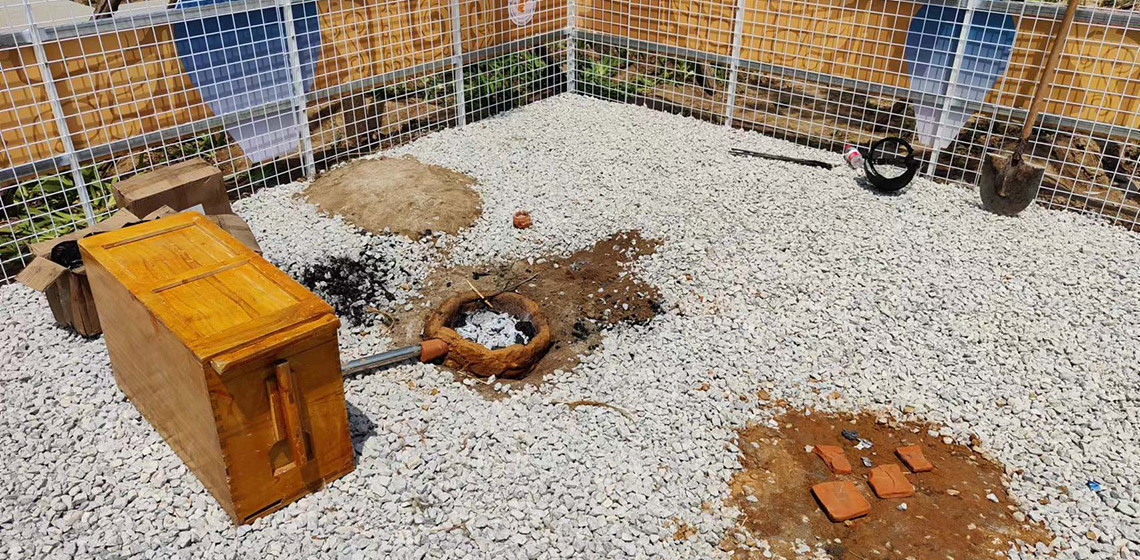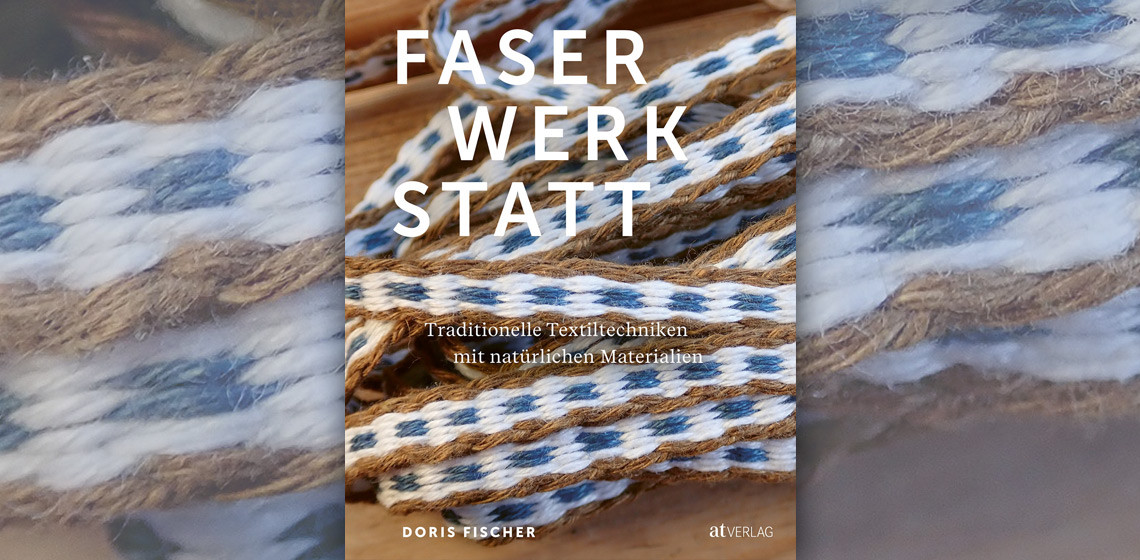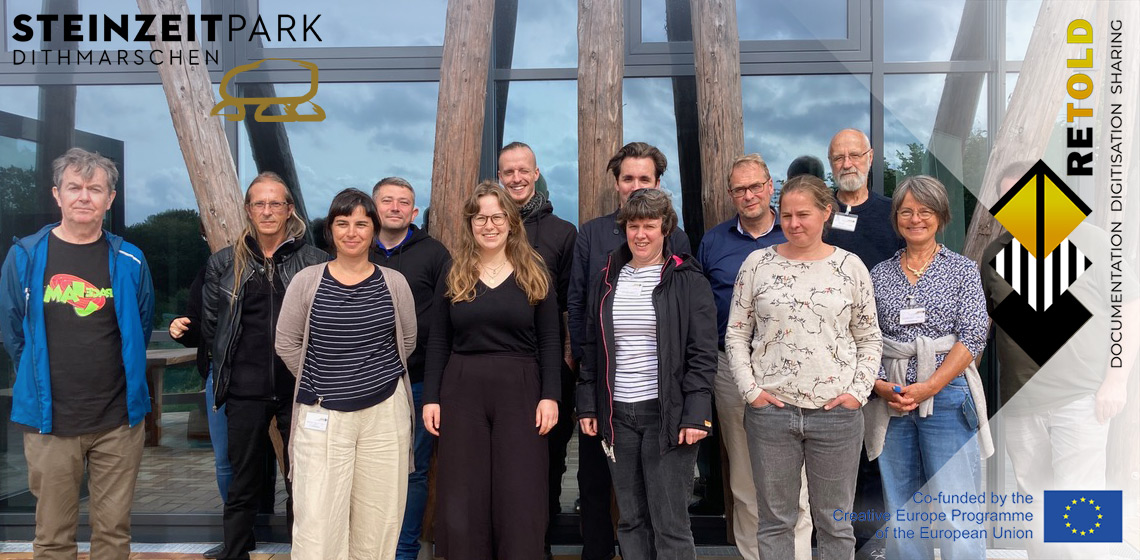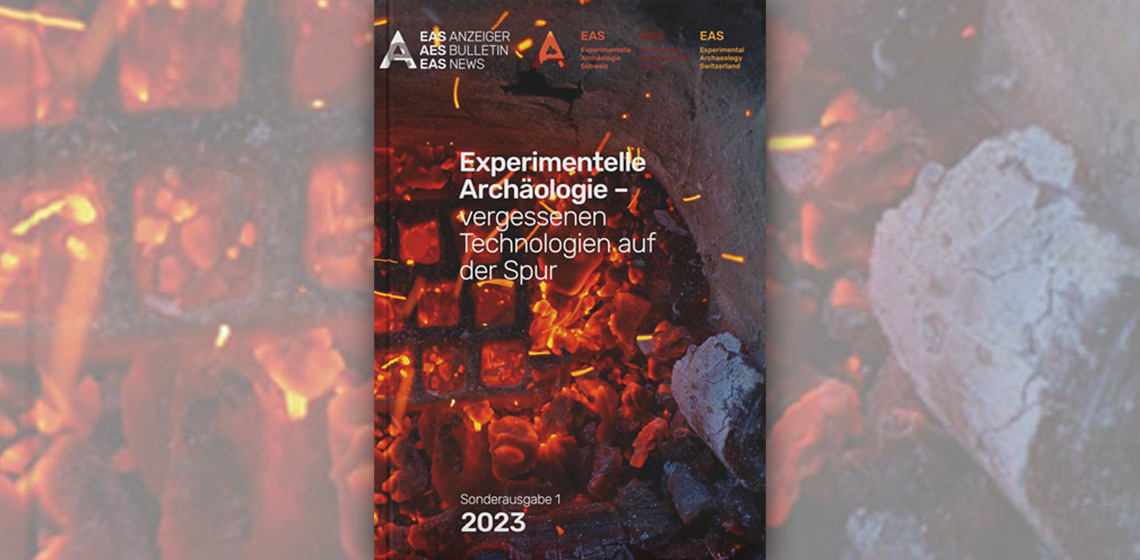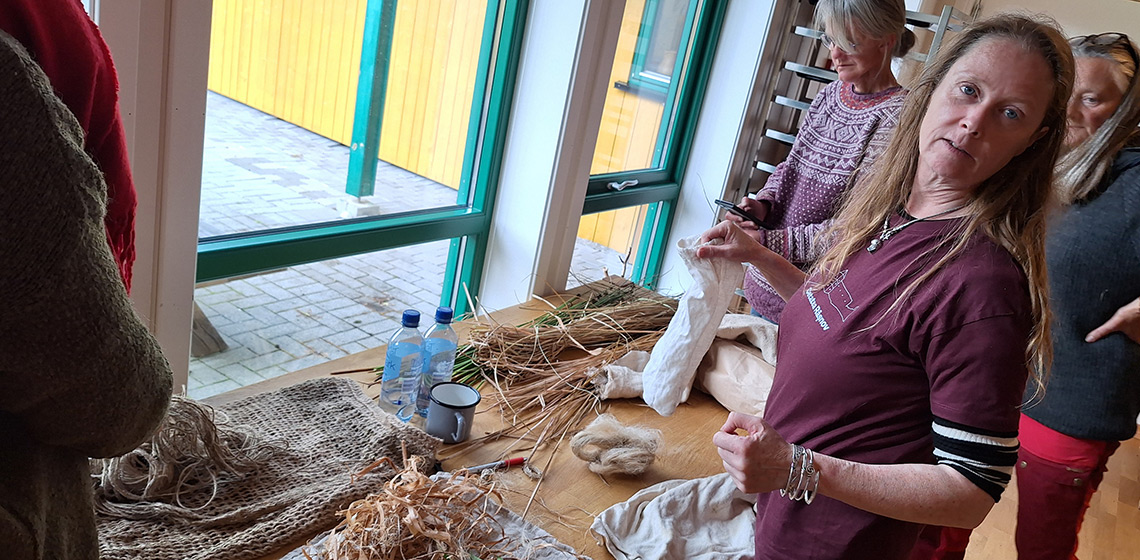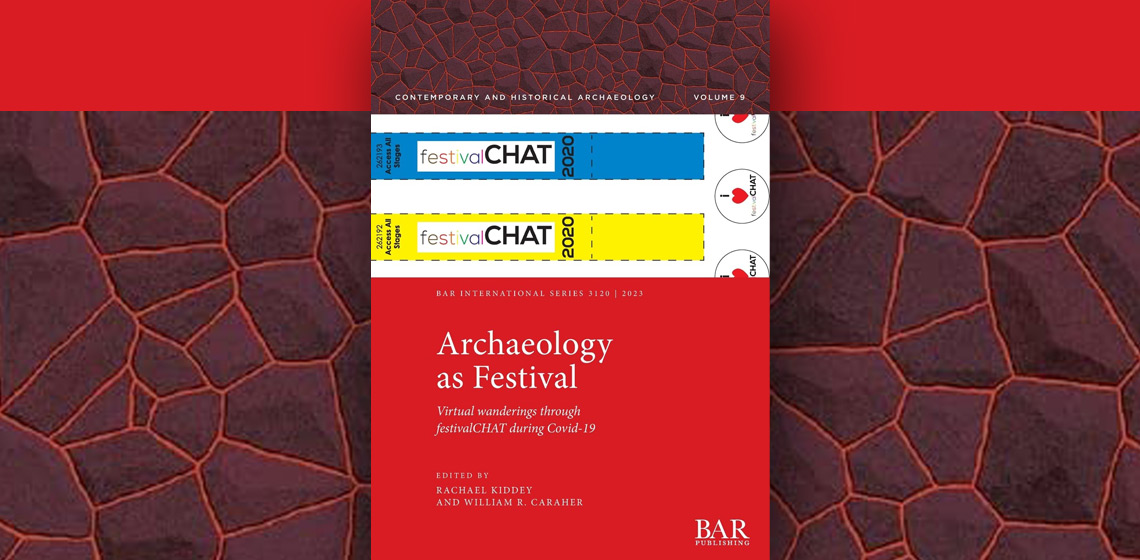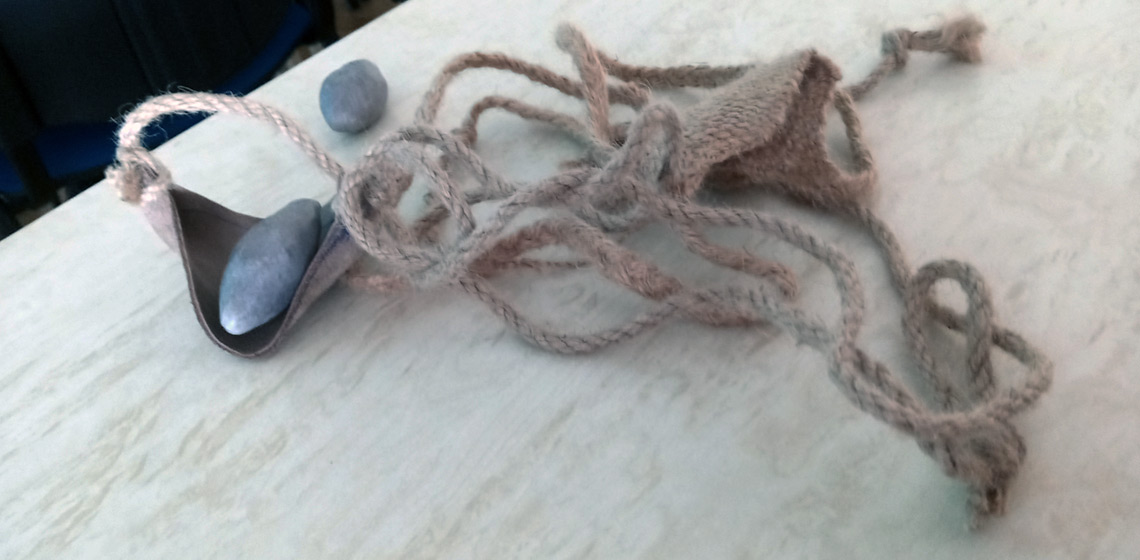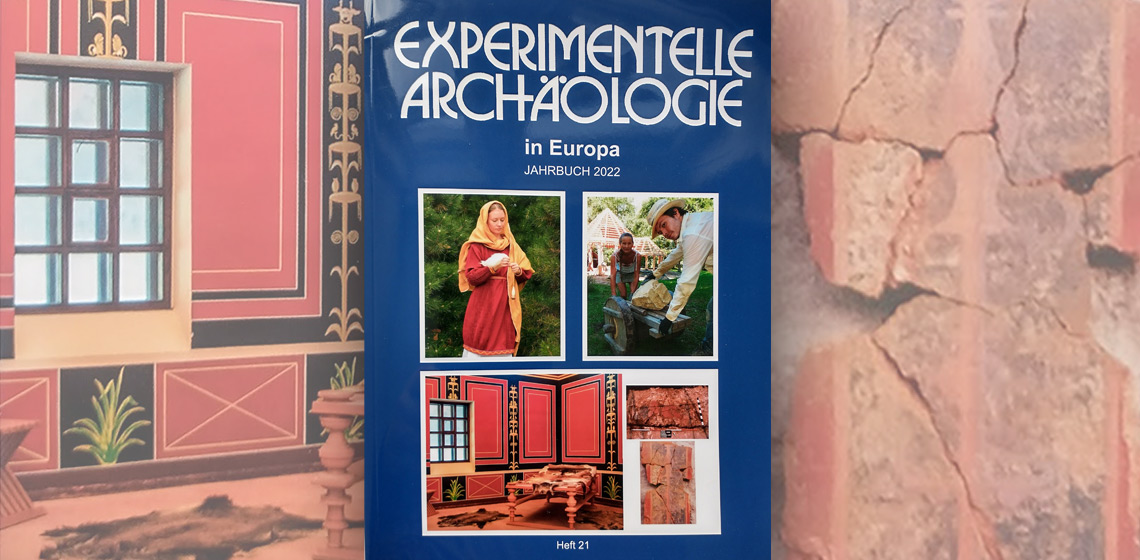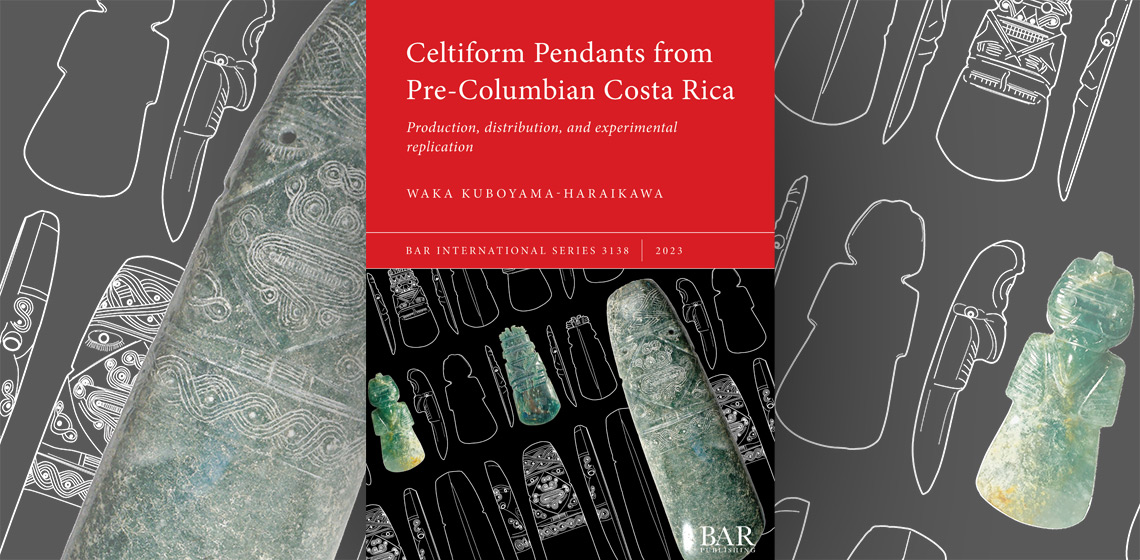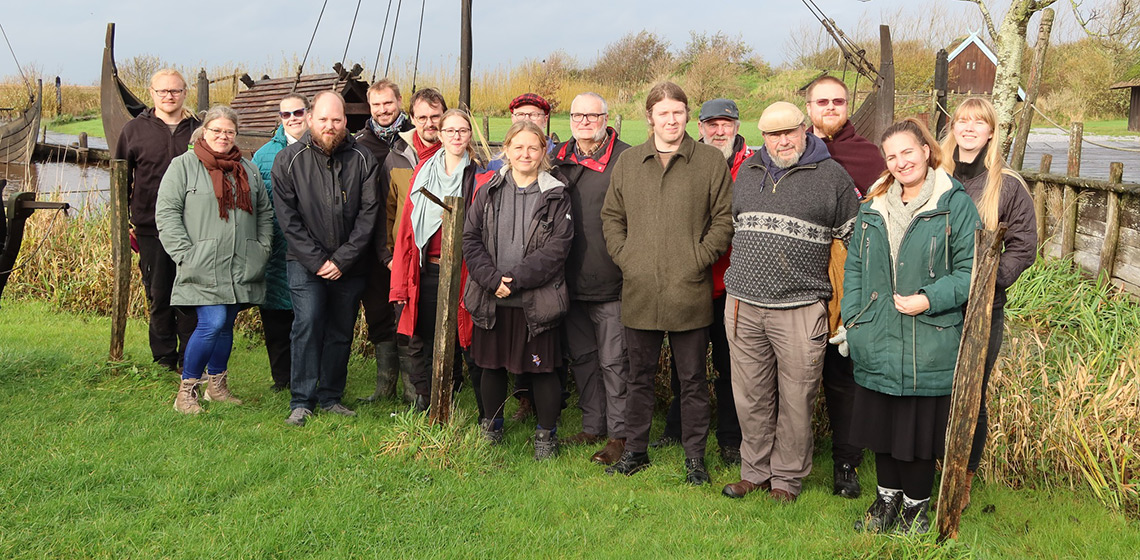EXARC Journal Issue 2023/4



18 Articles | DOAJ | Open Access
ISSN: 2212-8956
Publishing date: December 12, 2023
📄 EXARC Journal 2023/4 Table of Contents
Copyrights: EXARC, 2023
Listen in to the episode of "EXARC Extracts", where we provide you with a short summary of the articles in the latest issue of the EXARC Journal. Matilda Siebrecht summarises the reviewed articles from the 2023/4 issue of the EXARC Journal. It includes seven reviewed articles as well as eleven unreviewed mixed matter articles.
Reviewed Articles
Strategy of Presenting Prehistoric Sites Like an Open-air Stand. Why and How and from a Sustainable Development Perspective
Publication Date
Archaeological excavations have revealed important sites from the prehistoric sites, with the cultural achievements of the early lithic tools of hunters-gatherers in the Palaeolithic, to the emergence of the farmer-village societies in the Neolithic, reaching on to urbanisation and the complex societies of the Chalcolithic...
“I’m really sorry my wife is not here today. She thinks I’m off my head.” How Open-air Museums can Create Programmes for People Affected by Dementia - Examples from Den Gamle By (DK)
Publication Date
Den Gamle By is the largest open-air museum in Denmark. Since 2004, the museum has run special programmes for elderly people with dementia, and these programmes have been shown to strengthen the elderly people’s memories, as well as improving their well-being...
Experimental Archaeology and the Sustainability of Dental Calculus Research: The Case of Chocolate and the Nuns Of S. Maria Della Stella’s Church, Saluzzo, Italy
Publication Date
In Italy, chocolate (Theobroma cacao L.) was introduced during the Columbian exchange, and it quickly became both an important and accessible part of the Italian culinary tradition. Today, Italy is Europe’s second-largest chocolate producer...
Can Experimental Archaeology Confirm Ethnographic Evidence? The Case of Aboriginal Boomerangs Used as Retouchers
Publication Date
In this article, an experimental programme is used to examine how boomerangs may be used to retouch stone tools. The programme's findings confirm ethnographic data pertaining to the employment of hardwood boomerangs in retouching activities and investigate their technological similarities to Palaeolithic bone retouchers...
How were Half-Moons on Shells Made in the Upper Palaeolithic? An Experimental Approach
Publication Date
In the Upper Palaeolithic levels of the site of Grotta Continenza (Abruzzo, Italy), numerous shells shaped as half-moons have been found. These artifacts, being important examples of ancient ornaments, have been regularly subjects of study, but the production process has only been hypothesised...
“Look at the Bones!” - Adding Bone in a Bloomery Iron Smelt
Publication Date
A case study of a practical experimental test. Through 2019, much was made in the popular press suggesting that during the Viking Age, exhumed human bone had been used in the chain of production from iron ore through to finished swords. Contradicting this, considerable experience with small scale direct reduction process bloomery iron smelting furnaces indicated...
Testing Roman Glass in the Flame
Publication Date
Glass made during the Romano British period was recycled throughout the Late Roman and Early Medieval periods. Studies have shown that British beadmakers of the fifth and early sixth centuries AD made a large proportion of their beads using Roman period glass (Peake, 2013). To study fully the techniques of glass workers in early Anglo-Saxon times, it is important to...




